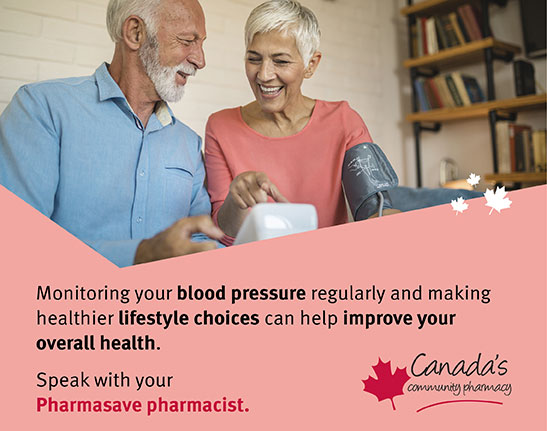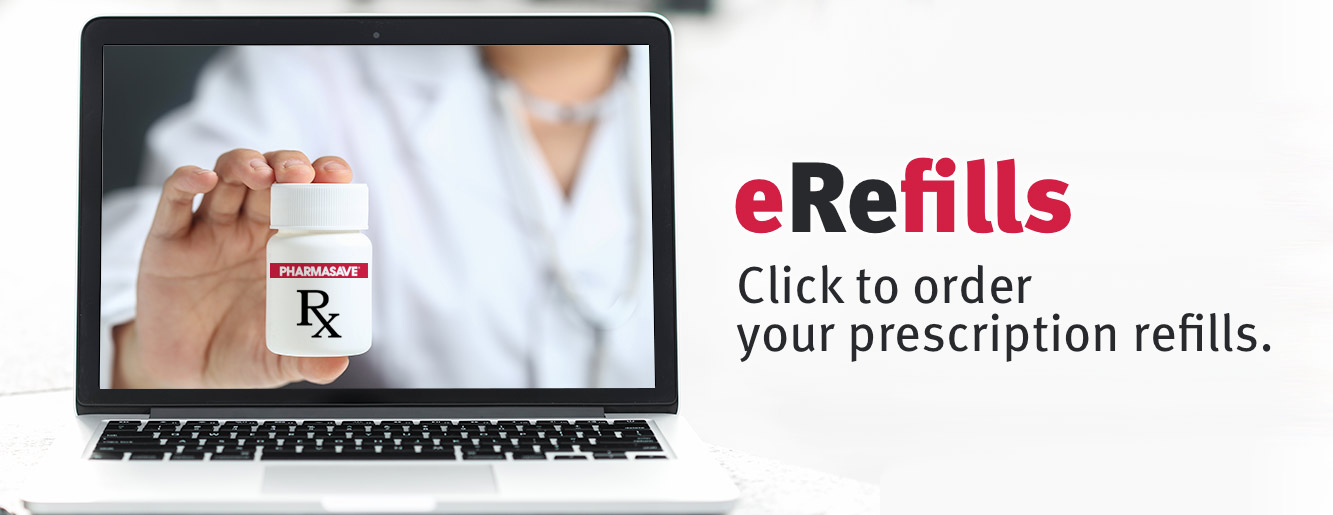
February – Heart Health
Multiple risk factors for heart disease
Knowing your personal risk is the first step in identifying what you need to do to prevent heart disease. A wide variety of things can increase your risk of developing heart disease – some of which you can change, and some you can’t.
The things that you can’t modify that increase your risk of heart disease include:
- your age. Your risk increases as you get older. For men, the risk increases after age 45, and for women it’s 55, or after menopause.
- your relatives. A family history of heart disease such as angina (chest pain), heart attack, or stroke, especially if occurring before age 55, increases your risk (before menopause for female relatives).
- your sex. Men are at greater risk than women.
- your ethnicity. People of African, South Asian, and First Nations descent are more prone to heart disease.
There are some things that you can do that may help, depending on your risk factors:
- lower your cholesterol
- lower your blood pressure
- quit smoking
- drink no more than 3 alcoholic drinks per day (or 15 per week) for men, or no more than 2 drinks per day (or 10 per week) for women
- get more physical activity
- maintain a healthy weight
- manage stress
- take control of your diabetes
Talk to your doctor about your risk factors and whether you need any medical tests to evaluate your risk of developing heart disease.
Did you know that once you know your risk factors, it’s possible to estimate your chances of developing some form of heart disease in the next 10 years? The calculation is based on information from the Framingham Heart Study. This large research study, which started in 1948, looked at risk factors for heart disease in people from the town of Framingham, Massachusetts. They studied the impact of each risk factor and came up with a method of estimating heart disease risk based on these risk factors.
Heart disease doesn’t happen overnight. It can take years for the risks associated with cholesterol to turn into a heart attack or stroke. And the more risk factors you have, the higher your risk.
To find out your 10-year risk of developing heart disease, try our target cholesterol levels and heart disease risk calculator, which is based on the results of the Framingham Heart Study. Be sure to discuss the results with your doctor. You can also ask your doctor to calculate your heart disease risk for you. Knowing your 10-year risk of developing heart disease can help you and your doctor decide on a treatment plan and set treatment goals.
Ask Your Pharmacist
Question: I want to start eating healthier, but I’m not sure where to start. How can I incorporate healthy foods in my diet?
Answer: Having a family history of high blood pressure could increase your chances of developing it but there are things you can do to lower your risk. For instance, making a few lifestyle changes, such as eating healthy and becoming more physically active, can help. Consider eating fruits and vegetables as snacks instead of reaching for a chocolate bar or chips and adding an activity you enjoy to your daily routine. Reducing your stress levels can help lower blood pressure too. Try meditating, yoga or following an online workout program. It’s also important to become tobacco free, limit alcohol intake and get regular checkups.
Have more questions? Speak to your Pharmasave pharmacist today.
Health Tip
A great way to learn about the foods you’re buying is to read the Nutrition Facts label on the package. Each label includes an ingredient list as well as information about the nutrient contents, based on the indicated serving size and percent of daily value. This guide will help you understand how many nutrients you are eating, how many calories you have consumed, etc. Be mindful of the sugar, salt and fat content when reading the ingredient list. Also, if you have food allergies, the Nutrition Facts label is also where you will find if the food contains an allergen such as nuts, eggs or dairy.



